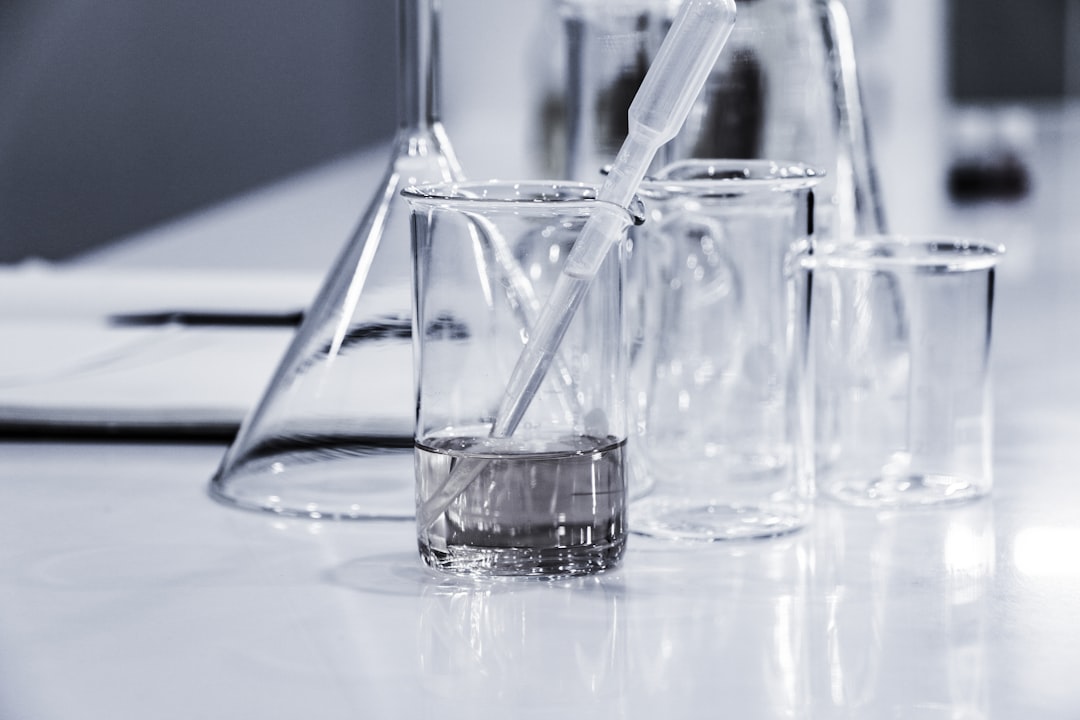 Photo from Unsplash
Photo from Unsplash
Originally Posted On: https://bippermedia.com/exploring-the-power-of-forensic-science-procedures-uncovering-the-truth-behind-criminal-investigations/
When a crime has been committed, forensic scientists are typically involved. Most people believe forensic science is a collection of procedures and techniques used to uncover the truth about a crime, this would be partly correct. Forensic science is the use of scientific methods or expertise to investigate crimes or examine evidence that might be presented in a court of law.
Forensic scientists examine and analyze evidence from crime scenes and elsewhere to develop objective findings that can assist in the investigation and prosecution of perpetrators of crime or absolve an innocent person from suspicion. The accuracy of forensic science depends on the procedures being used, which is why it’s so important to understand how they work. Let’s explore some examples of forensic science procedures to better understand how the truth is uncovered in a criminal investigation.
DNA Forensics
DNA technology is increasingly vital to ensuring accuracy and fairness in the criminal justice system. DNA can be used to identify criminals with incredible accuracy when biological evidence exists, as well as be used to clear suspects and exonerate persons mistakenly accused or convicted of crimes. Since DNA evidence is typically accurate, a big advantage of using DNA forensics is that it provides evidence that cannot be refuted or denied. Utilizing a single piece of hair, a drop of blood, or any other item encoded with DNA makes this technique incredibly reliable and trustworthy, as long as it hasn’t been tampered with. DNA forensics have proven incredibly powerful in criminal investigations and have given law enforcement agencies the ability to solve crimes with unyielding accuracy.
Fingerprinting
Forensic scientists have used fingerprints in criminal investigations as a means of identification for centuries. Fingerprint identification is one of the most crucial criminal investigation tools due to two features: their persistence and uniqueness. Fingerprinting is highly accurate due to the fact that a person’s fingerprints do not change over time.
During the fingerprinting process iridescent lights are typically used, due to the change in color of light aiding in identifying prints on surfaces. One of the ways fingerprinting is important to forensic investigations, is that it can prove a suspect’s alibi. Fingerprint comparisons aid when it comes to eliminating/narrowing down suspects for a crime, allowing the investigators to catch the criminal quicker and with better accuracy.
Latent Prints
There are three types of fingerprints that can be found: latent, patent, and plastic. Latent fingerprints are made of the oil and sweat on the skin’s surface. Latent prints are created by the friction between an object and the surface it is touching. The fiction leaves a microscopic pattern of ridges and dips on the surface, which is called a latent image.
Forensic scientists typically use a two step process to retrieve the latent prints. This process begins with a basic powder and lift technique to transfer prints from a surface to a transfer sheet. Forensic scientists then use a handheld device called a scanning electron microscope to identify the fingerprints, footprints, ballistics, etc. The device collects light that is then passed through the object being scanned, allowing the device to create a three-dimensional image of the print. The 3D image can then be enlarged and used to identify the unique patterns lifted from the surface. To learn more about the other types of prints click here.
Examination of Evidence
This procedure is crucial to uncovering the truth behind a crime scene. During this procedure, forensic scientists use a number of tools, including microscopes and other equipment, to analyze dirt, hair, and fibers from a crime scene. Depending on the case, these pieces of evidence can help prove or disprove certain aspects of the crime.
Video and Audio Analysis
Unlike other forms of forensic evidence, video and audio recordings can provide real-time, eyewitness accounts of a crime. The audio and video analysis process typically relies heavily on facial recognition software. This software is used to analyze pictures, videos, and/or audio recordings to better help identify individuals present at a crime scene. This process is extremely important to investigators, because it allows them to pinpoint the location of potential suspects. In conjunction with the previous statement, it also helps law enforcement better determine whether there was a struggle at the scene or not. These recordings aid both criminal investigations, as well as civil lawsuits, seeing as they provide visible evidence that leads to criminal convictions and/or settlements.
Conclusion
Forensic science is a fast-growing field that has been around for decades. As more scientific advancements are being made daily, it is incredibly important to stay up to date with the latest technology. The field of forensic science will continue to aid in criminal investigations, by providing the tools necessary for conviction or freedom.
Learn More Today
This article provides a general overview of the power of forensic science procedures within the criminal investigation industry. Such procedures include, but are not limited to, fingerprinting, latent prints, critical examination of evidence, and video and audio analysis. Overall, forensic science is a beneficial field of practice, because of the critical evidence that there is to be found.
For more information on forensic science and criminal investigation, contact our skilled attorneys at Hanlon
Law Clearwater today.
Hanlon Law
600 Cleveland Street, Suite #1100
Clearwater, Florida 33755
(727) 897- 5413
https://www.criminalattorneyclearwater.net














